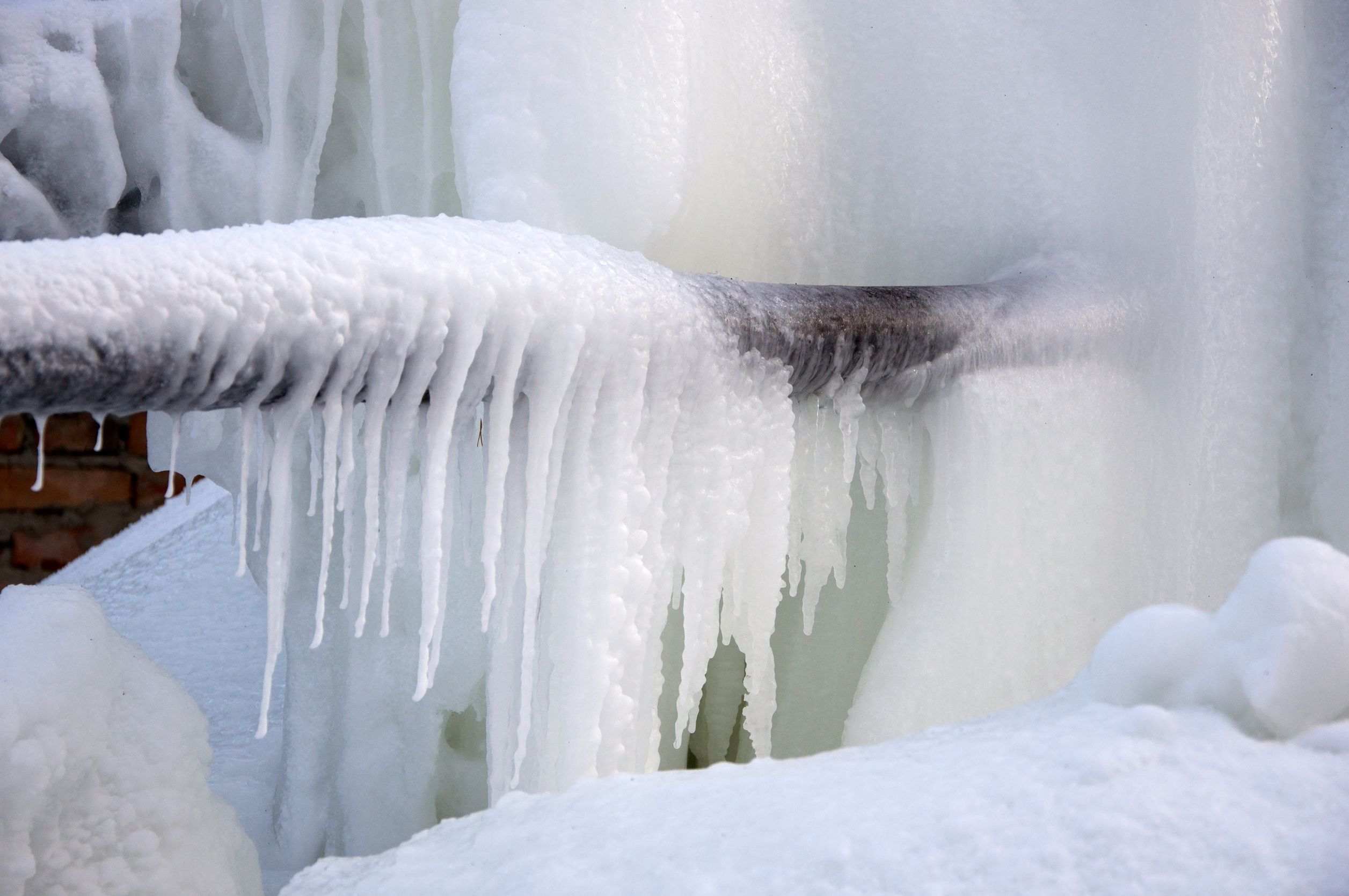Avoiding Pipes from Cold Weather: Top Strategies
Avoiding Pipes from Cold Weather: Top Strategies
Blog Article
This post directly below pertaining to 6 Ways to Prevent Frozen Pipes is exceptionally fascinating. You should investigate for yourself.

Winter can wreak havoc on your pipes, specifically by freezing pipes. Right here's exactly how to prevent it from happening and what to do if it does.
Intro
As temperatures decrease, the threat of icy pipes rises, possibly resulting in expensive repair services and water damage. Recognizing exactly how to avoid icy pipes is important for home owners in cold climates.
Prevention Tips
Protecting vulnerable pipelines
Cover pipelines in insulation sleeves or make use of warm tape to protect them from freezing temperature levels. Focus on pipelines in unheated or exterior areas of the home.
Home heating strategies
Maintain interior spaces sufficiently heated up, especially locations with plumbing. Open cupboard doors to allow warm air to distribute around pipes under sinks.
How to determine icy pipelines
Look for lowered water flow from taps, uncommon smells or sounds from pipes, and noticeable frost on revealed pipes.
Long-Term Solutions
Architectural changes
Consider rerouting pipelines away from outside wall surfaces or unheated areas. Add extra insulation to attic rooms, cellars, and crawl spaces.
Updating insulation
Invest in top notch insulation for pipes, attics, and walls. Correct insulation helps preserve constant temperature levels and lowers the danger of frozen pipelines.
Securing Outside Pipes
Garden pipes and exterior taps
Separate and drain pipes yard pipes before wintertime. Set up frost-proof faucets or cover exterior taps with insulated caps.
Understanding Frozen Pipelines
What creates pipelines to ice up?
Pipes freeze when revealed to temperature levels below 32 ° F (0 ° C) for prolonged durations. As water inside the pipelines ices up, it expands, putting pressure on the pipeline walls and potentially triggering them to burst.
Dangers and problems
Icy pipes can result in supply of water interruptions, building damages, and costly repair work. Burst pipelines can flood homes and trigger comprehensive architectural damages.
Indicators of Frozen Pipeline
Identifying frozen pipelines early can stop them from breaking.
What to Do If Your Pipes Freeze
Immediate activities to take
If you think frozen pipes, maintain faucets available to eliminate pressure as the ice melts. Make use of a hairdryer or towels taken in warm water to thaw pipelines slowly.
Conclusion
Avoiding frozen pipelines requires aggressive actions and quick reactions. By recognizing the reasons, indications, and preventive measures, property owners can secure their pipes throughout cold weather.
5 Ways to Prevent Frozen Pipes
Drain Outdoor Faucets and Disconnect Hoses
First, close the shut-off valve that controls the flow of water in the pipe to your outdoor faucet. Then, head outside to disconnect and drain your hose and open the outdoor faucet to allow the water to completely drain out of the line. Turn off the faucet when done. Finally, head back to the shut-off valve and drain the remaining water inside the pipe into a bucket or container. Additionally, if you have a home irrigation system, you should consider hiring an expert to clear the system of water each year.
Insulate Pipes
One of the best and most cost-effective methods for preventing frozen water pipes is to wrap your pipes with insulation. This is especially important for areas in your home that aren’t exposed to heat, such as an attic. We suggest using foam sleeves, which can typically be found at your local hardware store.
Keep Heat Running at 65
Your pipes are located inside your walls, and the temperature there is much colder than the rest of the house. To prevent your pipes from freezing, The Insurance Information Institute suggests that you keep your home heated to at least 65 degrees, even when traveling. You may want to invest in smart devices that can keep an eye on the temperature in your home while you’re away.
Leave Water Dripping
Moving water — even a small trickle — can prevent ice from forming inside your pipes. When freezing temps are imminent, start a drip of water from all faucets that serve exposed pipes. Leaving a few faucets running will also help relieve pressure inside the pipes and help prevent a rupture if the water inside freezes.
Open Cupboard Doors
Warm your kitchen and bathroom pipes by opening cupboards and vanities. You should also leave your interior doors ajar to help warm air circulate evenly throughout your home.

Do you like more info about How to Prevent Your Pipes From Freezing? Try to leave a review down below. We would be delighted to hear your feelings about this blog. We are looking forward to see you back again in the future. Sharing is good. Helping people is fun. We love your readership.
Find Out More Report this page